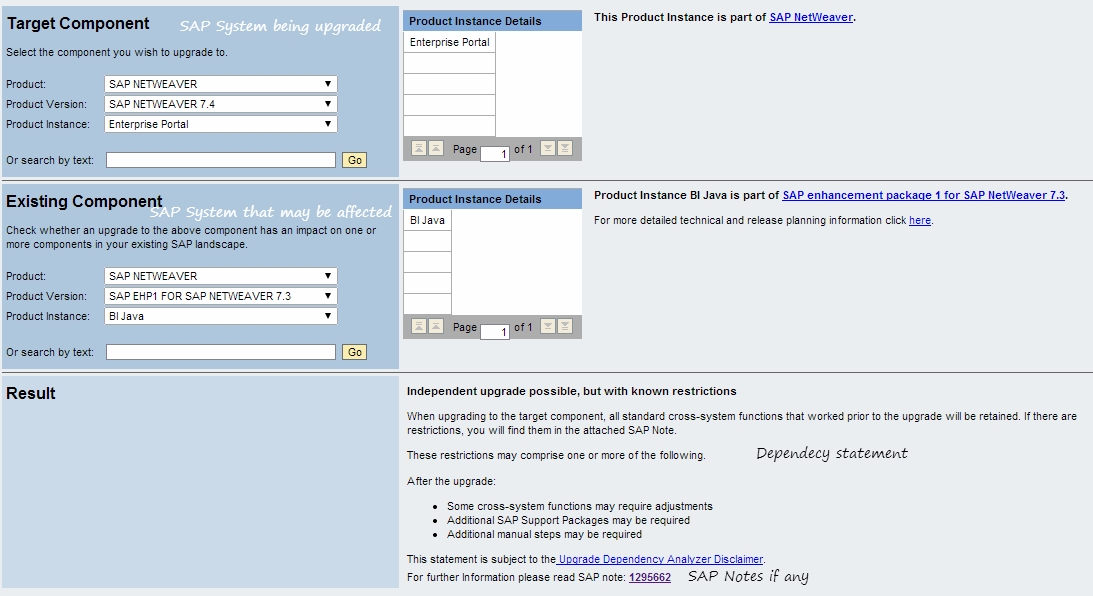Pulling information from Oracle table and assigning it to a UNIX variable
Let us say you have a table (myemployeetable) containing employee names, IDs etc and you are writing a script carrying a variable meant to hold the total number of employees. You can get the total count of employees by running a sql file and assigning the output to this variable. This is however not that straightforward. A sql command outputs a lot of information that has to be excluded when the result value is assigned to the variable. First, you don't want to print column names, so turn the heading off. set heading off Next, in the output, you do not want messages like "x records selected". To do this, turn feedback off. set feedback off Suppress all headers, page breaks, titles etc by setting the page size to 0. set pagesize 0 If you are using a SQL variable, you have to suppress how a variable is substituted before being sent to execution. This is done by turning verify off. set verify off The output of sql command shows "SQL>", this can ...

